What does your post workout nutrition look like?
The topic of the "anabolic window" or "post workout window" causes much debate.
Some people believe that it's just "bro" science, but many believe that post workout nutrition is supported by numerous authorities.
It would take forever to cover them all, but there is one piece of research worth mentioning.[1]
It's a comprehensive cross analysis of 85 separate studies regarding post workout nutrition, specifically, the "anabolic window". The report was published by the Journal of the International Society of Sports Nutrition in January 2013.
The researchers who compiled it recognized that there was conflicting evidence, however, they still suggest that the majority of people can benefit from utilizing the post workout window, and Jim Stoppani agrees with his post-workout supplement, Post JYM.
JYM Post JYM – Deals and Price Drop Alerts
Get Price Alerts
No spam, no scams.
Disclosure: PricePlow relies on pricing from stores with which we have a business relationship. We work hard to keep pricing current, but you may find a better offer.
Posts are sponsored in part by the retailers and/or brands listed on this page.
The confusion comes in when you start considering things such as:
- How does pre-workout nutrition effect post workout nutrition?
- How long does the anabolic window last?
You're more than welcome to check out the research for yourself though, there's a link at the bottom in the references section.
The important thing to understand, however, is this:
After reviewing decades worth of research, researchers stand by the benefits of the post workout window.[1]
What are the benefits?
There are three main reasons for paying attention to the post workout window, in no specific order:
-
Restore your glycogen levels
It's a generalized description, but you can look at glycogen as your muscles energy source, it's used to produce ATP during intense training.
During exercise, your glycogen levels are rapidly depleted. As a matter of fact, researchers state that most hypertrophy routines cause a depletion of nearly all of the muscles glycogen stores.
The argument is that your body will have recovered its glycogen stores after 24 hours, which would be in time for your next training session anyways.
Those who use that argument are missing a big piece of the puzzle:
Low glycogen causes an increase in AMPK activity.
When you increase AMPK, it's like you're flipping the switch to turn on catabolic activity. For that reason, it's important to restore your glycogen levels as soon as possible.
In order to restore your levels to normal, researchers suggest that you consume a post workout meal rich in both protein and carbohydrates.
Carbs alone would get the job done, but there is evidence suggesting that the combination of carbs and protein works more efficiently.[1]
-
Increase protein synthesis
Out of all the benefits that you can experience through proper post workout nutrition, it's ability to increase protein synthesis is probably the most well known.
Protein synthesis is the epitome of anabolism. When you activate protein synthesis, you're essentially putting your body into muscle building mode.
Exercise alone causes protein synthesis to double in rate, however, studies show that you can increase that number three-fold with adequate post workout nutrition.
What is adequate post workout nutrition?
You probably guessed it... protein and carbs.[1]
-
Prevent protein breakdown
The combination of protein and carbohydrates post workout also causes a spike in insulin. This is one of the few times that we ever want to intentionally cause a rise in insulin levels.
The reasoning behind it is simple:
The insulin spike prevents muscle protein from breaking down. In other words, it offers a "protective" effect to your hard earned muscle.
It's been noted that this benefit is particularly important to anyone who trains fasted.[1]
Introducing Post JYM
Dr. Jim Stoppani designed Post JYM to provide the benefits that I just discussed. That's only the beginning though.
He also included a handful of potent ingredients that have been proven to dramatically improve recovery time, as well as muscle growth in general.
Improved recovery time gives you the ability to safely exercise more frequently, with hard workouts day after day, which ultimately leads to better results.
What does Post JYM have to offer?
Let's take a look at what Post JYM has to offer.
Here's what the formula looks like:
The first thing you'll notice is that there are two ingredient panels. That's because Post JYM is comprised of two parts.
- The Active Ingredients
- The Carbs - Dextrose
These two components are sold separately, a change that came a few months after Post JYM was originally created, after users asked for more customizability.
It was designed like that in order to give you the option to avoid the dextrose, in case you are on a low-carb diet or don't want sugar-based carbs after your workout.
What's the deal with the active ingredients?
We'll briefly explain each ingredient below.
If you'd like more detailed information you can look up specific ingredients here on PricePlow.
Alternatively, you can check out Dr. Stoppanis two-part video explanation:
Part I
Part II
JYM Post JYM – Deals and Price Drop Alerts
Get Price Alerts
No spam, no scams.
Disclosure: PricePlow relies on pricing from stores with which we have a business relationship. We work hard to keep pricing current, but you may find a better offer.
Posts are sponsored in part by the retailers and/or brands listed on this page.
The ingredient breakdown
We'll keep this as basic as possible, while still relaying the main points.
-
Glutamine
At the top of the formula, we see a three gram dose of glutamine.
Glutamine is the most prominent amino acid in the body. It's not an essential amino acid, meaning, your body produces it on its own - usually in sufficient amounts.
The thing is, when you're training hard on a consistent basis you're constantly depleting your glutamine levels.
In fact, researchers clearly state that frequent bouts of intense exercise can cause your body to use glutamine quicker than it can produce it.[2]
You don't want to fall into that scenario, glutamine offers a few really important benefits.
Take a look:
-
Glycogen repletion
At the beginning of the article, I discussed the importance of restoring your glycogen levels post workout.
The best way to accomplish that, is undoubtedly through carbohydrates. However, researchers have shown that glutamine is extraordinarily effective at glycogen repletion.[3,4]
-
Promote protein synthesis and prevent protein breakdown
Glutamine flips on the switch for protein synthesis.[3,4,5] In fact, researchers consider low glutamine levels to be a primary indicator of catabolism.[6]
One study actually compared glutamine's ability to stimulate protein synthesis with that of growth hormone.
It found that they had similar effects when taken separately, but that the effects were most profound when the two were combine.[6]
-
Neutralize acidity and reduce muscular fatigue
There's simply no way around it, when you exercise, you create acidity within your muscles.
As the acid components accumulate, fatigue kicks in, you get weaker, and your overall exercise intensity begins to decline.
The main offender is lactic acid, but there are a few other perpetrators as well. Glutamine acts as a buffer, because it increases plasma bicarbonate.
Plasma bicarbonate is extremely alkalizing, it quickly neutralizes the acidic buildup.[7,8]
-
Stimulate growth hormone
While it may sound farfetched, researchers have proven that glutamine stimulates the production of growth hormone.
We aren't talking about supraphysiological levels here, the increase is rather small. That said, according to the researchers, it is enough of an increase that you should notice its benefits on metabolism.[8]
-
Improve immune function
Your immune system relies heavily on glutamine.[9,10]
When you come down with a cold or any kind of infection, it sets you back. You miss training sessions, your diet goes off course, and you lose motivation and momentum.
Glutamine is such a significant player in immune function, that researchers consider it to be immunostimulatory, or an immune system stimulant.
To make things even more interesting...exercise is considered immunodepressive.In other words, it suppresses normal immune function.
It's been found that often times low glutamine levels combined with exhaustive exercise equates to sickness.
One study in particular looked at 200 athletes. Only 19% of the glutamine group reported infections, compared to 51% of the placebo group. You do the math.[11,12]
-
-
Creatine HCL
Creatine has been referred to as the safest ergogenic supplement legally available.[13]
It's such a dominant force in the supplement industry that pretty much everyone knows what it is, and what it's benefits are.
With that in mind, I'm not going to get carried away here. Basically, what you need to know about creatine is this:
- It improves strength
- It increases muscle size
- It enhances muscular endurance
One other thing I want to talk about, is the form of creatine in Post JYM.
Dr. Stoppani used creatine hydrochloride.
Why? Because, creatine HCL has a better absorption rate, which means you don't need to take as much.[14]
Not having to take as much means less digestive stress.[14] Not everyone experiences digestive disturbance from creatine monohydrate, but those who do, will surely appreciate Dr. Stoppanis choice here.
Usually, we'd recommend sticking with creatine monohydrate because it's just as effective. In this case however, we're getting two grams per serving, and it still doesn't seem to create a spike in cost.
Beta Alanine
Next in line is beta alanine.
The first thing that comes to our attention here is the dosing. It was dosed rather low, at two grams per serving. Remember though, Pre JYM contains an additional two grams.
So, if you are using the two products together, as Jim recommends, you'll actually be getting four grams of beta alanine - which isn't too shabby.
Why is it divided like that? Our guess is as good as yours, but we're assuming it's to avoid the tingly sensation that comes with higher doses of beta alanine.
Some people find the tingling uncomfortable, so it's within the realm of possibility that Dr. Stoppani divided the doses in order to diminish the side effect.
As far as its benefits, beta alanine has a lot to offer. There's an extensive amount of science behind it, so I'm just going to run through the highlights.[15,16,17]
Here's what it's got to offer:
- Increased endurance
- Improved speed
- Reduced fatigue
- Enhanced strength and power
- Improved body composition
You can check out the reference section at the bottom if you want to dig into the science behind it.
To simplify things for you though:
Most of its benefits come from its ability to prevent something called intramuscular acidosis.[15,16,17]
-
L-Carnitine L-Tartrate
L-carnitine l-tartrate is by far our favorite form of carnitine. It's featured in Post JYM at two grams per serving.
Here's what you can expect from it:
- Decreased recovery time
- Improved body composition
It's main feature is it's ability to boost recovery, however, l-carnitine l-tartrate has also been shown to be effective at reducing fat, and increasing lean muscle mass.
How does it work?
- It improves oxygen flow to the muscles
- It increases the density of androgen receptors
- It boosts anabolic hormone activity
Obviously, there's a lot of science behind it, if you want to learn more check out the references at the bottom.[18,19,20]
-
Betaine
Betaine is often referred to as trimethylglycine (TMG) or betaine anhydrous. Don't confuse it with betaine HCL, they are completely different.
Betaine is used in numerous functions:
Cellular reproduction, amino acid metabolism, carnitine production - these are just a few
examples of instances where betaine is required.[21]
In each serving of Post JYM, you'll get a gram and a half. It's not particularly a lot- most studies used around two and a half grams daily.
Keep in mind though, when you pair Post JYM with Pre JYM, you'll be getting a nice three grams per day.
In terms of physique and fitness, it offers a handful of benefits:[22]
- Increased muscle mass
- Decreased fat
- Improved strength
Betaine works through a number of complex mechanisms, most notably, it's a methyl donor.[21]
Again, you can get a complete look at the science through our reference section at the bottom.
-
Taurine
Taurine has been under the gun recently, for protein spiking.
You don't have to worry about that here though, Post JYM gives us full disclosure on ingredients and dosages, every serving contains a gram of taurine.
Much like glutamine, intense exercise depletes taurine at rapid rates. Also like glutamine, you want to avoid low taurine levels at all costs, otherwise your performance will suffer.[23]
If you're not familiar with taurine's benefits, take a look:
- It reduces exercise induced muscular fatigue[23]
- It improves recovery time and reduces soreness[24]
- It increases strength[25]
On his website, Dr. Stoppani specifically points out that when you're deficient in taurine your strength goes with it.
-
BCAAs
Isoleucine, leucine, and valine - those are the branch chained amino acids (BCAAs.)
If you aren't aware of BCAAs, you've got some catching up to do. I'm not going to get into details here, because there's just too much information to cover.
However, if you're interested in learning more, you can check out our full report here.
What I do want to focus on though, is the dosing.
Here's what we're looking at:
- Leucine 3.6 grams
- Isoleucine 1.2 grams
- Valine 1.2 grams
If you're pairing it with Pre JYM, here's what you're getting:
- Leucine 6.6 grams
- Isoleucine 2.7 grams
- Valine 2.7 grams
The dosages aren't bad per se, we are having trouble making sense of things though.
In a study headed by Dr. Stoppani himself, the effects of BCAAs were tested and proven to be extremely effective.[26]
Here's where it gets a bit confusing - Stoppani used 14 grams of BCAAs in the study, but even if you took both Post and Pre JYM, you'd only be getting a total of 12 grams.
It's not that big of a difference, but we do find it a bit odd.
You can check out Jim's BCAA study in our reference section.
-
Black pepper extract
The last on the list, but arguably one of the most important ingredients is, black pepper extract.
BioPerine is a standardized black pepper extract, it's the most commonly used brand, because it's known and trusted for its high quality.
What's it doing in Post JYM?
BioPirene's featured in Post JYM for the same reason it's found in every other supplement:
It has the remarkable ability to increase absorption rates and overall bio-availability. Ultimately, this means you're getting more out of the supplement.
It's becoming a common trend to use black pepper extract, because essentially, it "amplifies" the effects of whatever it's paired with.[27,28]
The bottom line
Post JYM is a comprehensive formula designed to help you get the most out of your post workout window.
Like all JYM products, it's got an open label, which boasts nice doses and no fillers. Furthermore, each ingredient has a substantial amount of science to support it.
If you want to improve your recovery time, and overall results - give Post JYM a try.
See our main JYM Post JYM page to get the best deal on it, or sign up for price drop alert notifications below:
JYM Post JYM – Deals and Price Drop Alerts
Get Price Alerts
No spam, no scams.
Disclosure: PricePlow relies on pricing from stores with which we have a business relationship. We work hard to keep pricing current, but you may find a better offer.
Posts are sponsored in part by the retailers and/or brands listed on this page.
Don't like caffeine? Use Post JYM instead of Pre JYM for your pre-workout!
Dr. Stoppani mentions that the two supplements are interchangeable.
If you don't like caffeine, use Post JYM both pre and post workout. Alternatively, if you need a boost after your workout, feel free to use Pre JYM.
You can learn more about Pre JYM here.
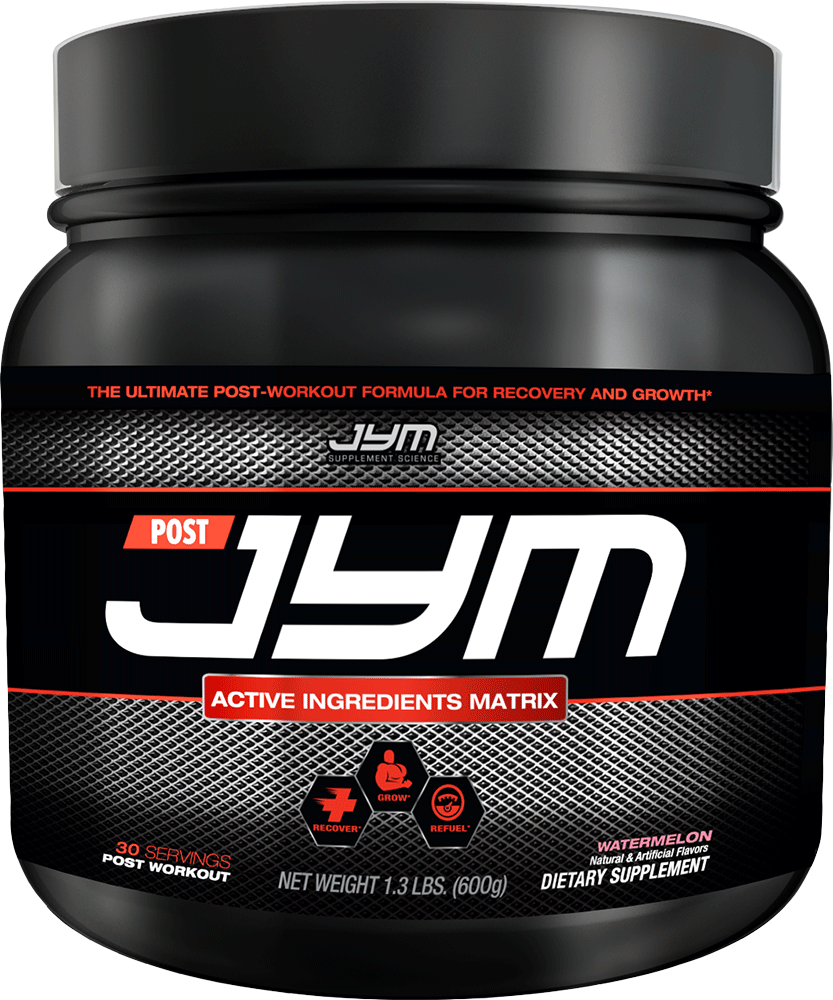
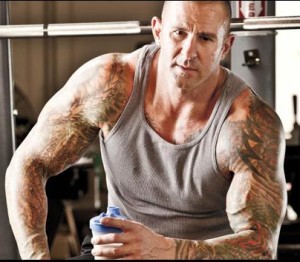
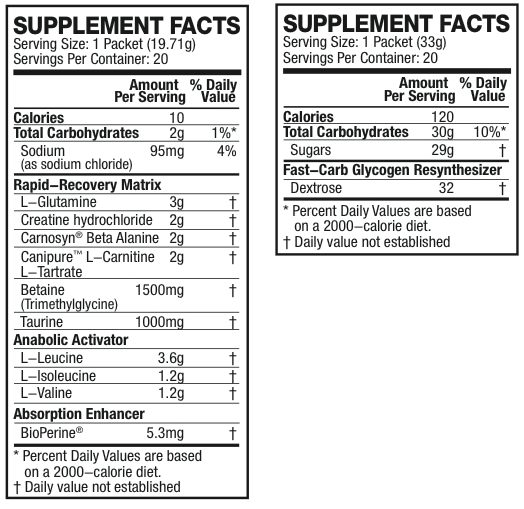
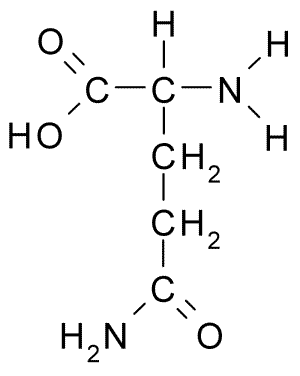
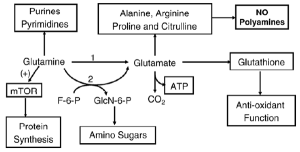
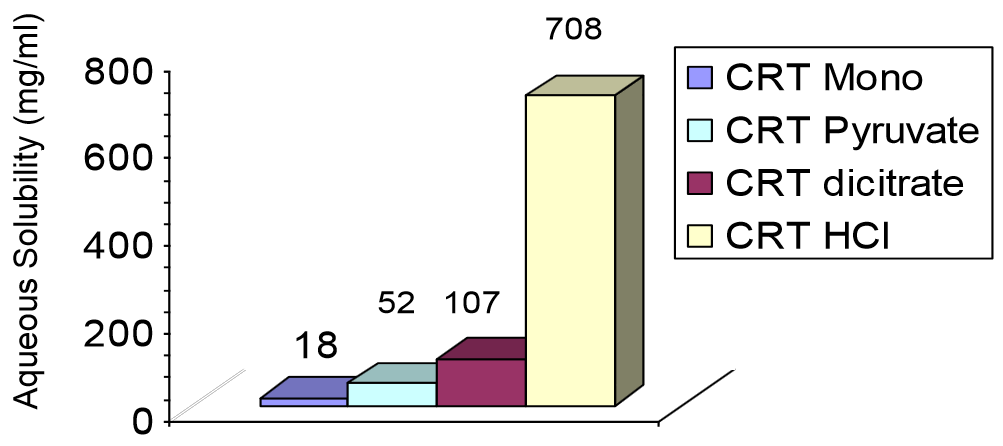

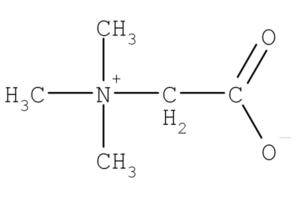
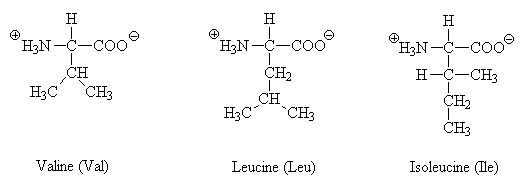
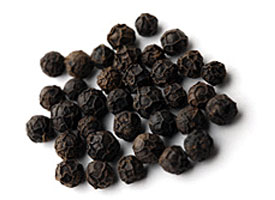


Comments and Discussion (Powered by the PricePlow Forum)